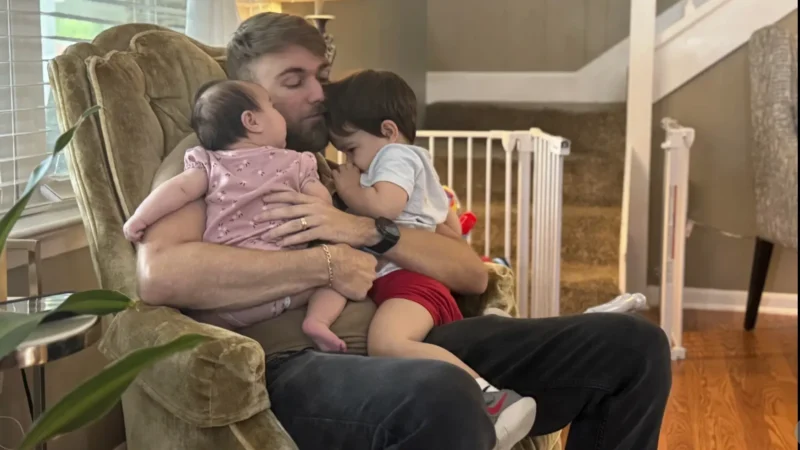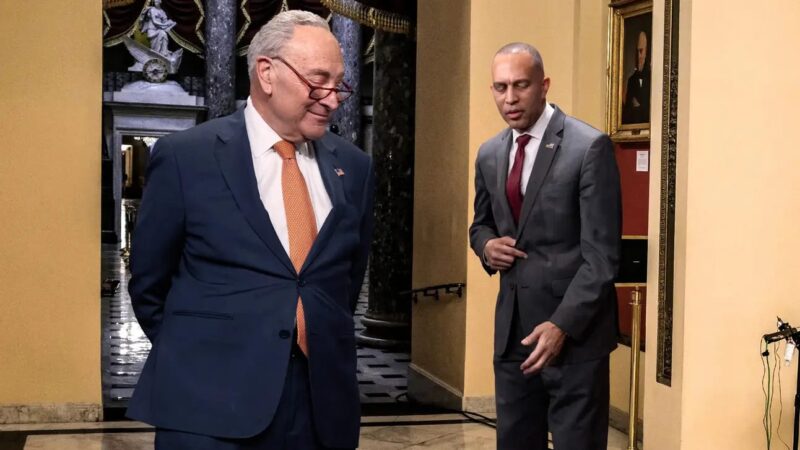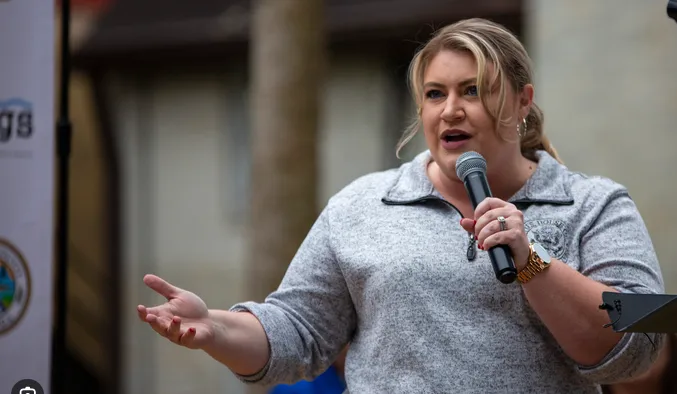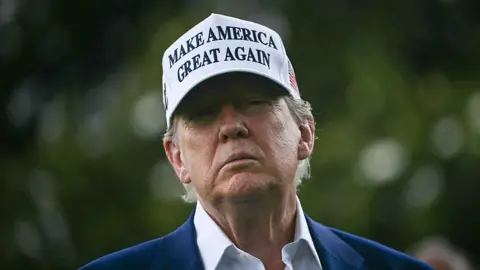Tesla’s massive 71% profit loss pushes Elon Musk to limit government work with DOGE
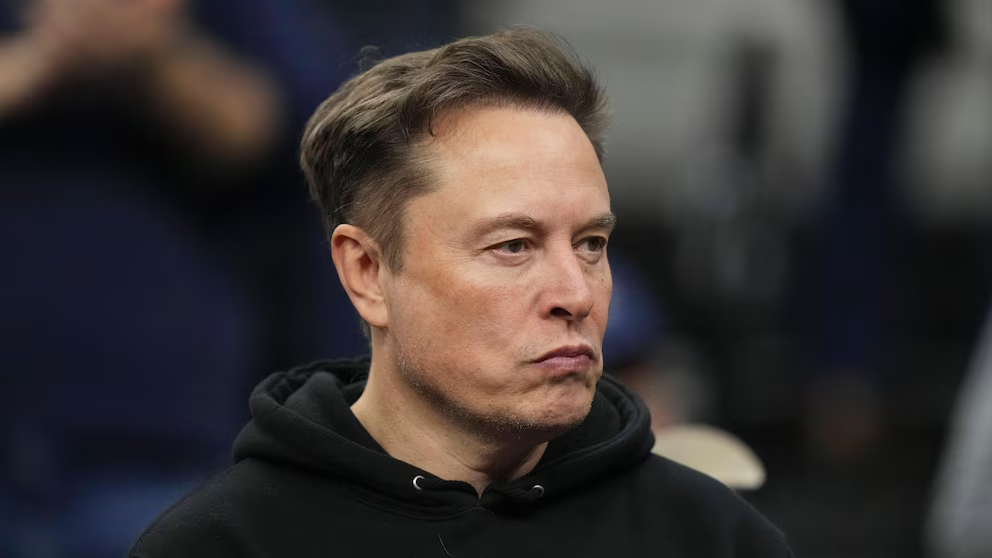
Tesla CEO Elon Musk said he will begin stepping away from his duties at the so-called “department of government efficiency” starting in May. The announcement came just as Tesla revealed a staggering dip in both profit and revenue for the first quarter of 2025, intensifying scrutiny around Musk’s high-profile involvement in the White House. Speaking on an investor call, Musk claimed the mission to stabilize the government’s finances was nearing completion. “Starting probably next month, May, my time allocation to Doge will drop significantly,” he said. Still, Musk plans to commit one to two days each week to what he described as “critical work” at Doge, “for as long as the president would like me to do so and as long as it is useful.” His official exit is set for May 30, marking the end of his 130-day term as a special government employee.
Meanwhile, Tesla’s financial results painted a grim picture. Revenue plummeted 9% year over year to $19.3 billion, missing Wall Street’s $21.45 billion target. Earnings per share came in at just 27 cents, well below the 43 cents per share analysts had anticipated. Net profits dropped an alarming 71% to $409 million, down from $1.39 billion a year earlier. Vehicle deliveries also took a major hit, falling 13% to 336,681 units—Tesla’s weakest quarter since 2022. As tensions mount, so does public outcry. Protesters have been gathering outside Tesla locations, including a notable demonstration in Kansas City, Missouri on April 12, where people held signs criticizing both Musk and Doge. Photograph: Charlie Riedel/AP
Despite what he called “rocky moments,” Musk remained upbeat. “The future for Tesla is better than ever,” he said. “The value of the company is delivering sustainable abundance with our affordable AI-powered robots. If you say, what’s the ideal future that you can imagine, that’s what you’d want. You’d want abundance for all in a way that’s sustainable, that’s good for the environment. Basically this is a happy future, this is the happiest future you can imagine.” A key part of that vision includes Tesla’s push for full self-driving cars. Musk outlined a bold timeline, predicting deployment in select US cities “by the end of the year.” Still, Tesla has long struggled to meet Musk’s self-imposed deadlines—particularly on autonomous tech. “The acid test is, can you go to sleep in your car and wake up in your destination and I’m confident that will be available in many cities in the US by the end of this year,” he said. That would come alongside the company’s new Robotaxi service, expected to launch in June. “I predict that there will be millions of Teslas operating fully autonomously in the second half of next year,” Musk added.
Even with the earnings miss, some investors were surprisingly hopeful—largely because expectations had already been slashed. “Against the backdrop of catastrophic expectations, with everything from sales to margins projected to continue the slump, the less-than-bad numbers have been received as welcome news by Tesla investors,” said Thomas Monteiro, senior analyst at Investing.com. “In a curious turn of events, it’s as if numbers show that even at the worst moment, Elon and the team’s operation can still bring a robust $19.3bn in revenue, with total revenue partly making up for the huge drop in auto revenue. If this is the worst it gets for Tesla, then certainly there must be some upside for the stock once tailwinds, such as the highly awaited cheaper model and the Robotaxi, finally hit the market later this year,” Monteiro continued. Yet, many analysts say Tesla’s woes are deeply tied to Musk’s role in Washington. According to them, the brand is suffering, and the fix lies in his return to Tesla full-time.
Doge-related budget cuts have raised additional concerns, particularly after reports surfaced that Musk-aligned space projects have continued largely untouched. Read more: Doge cuts spark questions as employees supporting Musk space launches spared Beyond slumping sales and profits, Tesla is also weathering a reputational storm. The company’s stock has plunged 50%, many Tesla owners are offloading their cars, and reports of vehicle vandalism have been rising across the US. Even the Vancouver International Auto Show pulled Tesla from its March lineup amid backlash. And in a fresh blow, the company issued a recall of 46,000 Cybertrucks—virtually all units sold to date.
Musk pushed back against the branding theory, blaming broader economic conditions instead. “Tesla is not immune to the macro demand for cars,” he said. “When there is economic uncertainty, people generally want to pause on doing a major capital purchase like a car. Absent macro issues we don’t see any reduction in demand.” Still, analysts aren’t buying it. “If Musk leaves the White House there will be permanent brand damage…but Tesla will have its most important asset and strategic thinker back as full time CEO to drive the vision and the long term story will not be altered,” wrote analysts at Wedbush Securities. The firm still holds a bullish outlook on Tesla. “IF Musk chooses to stay with the Trump White House it could change the future of Tesla/brand damage will grow.”
Tesla declined to provide forward-looking guidance for Q2, citing the “shifting global trade policy on the automotive and energy supply chains.” “While we are making prudent investments that will set up both our vehicle and energy businesses for growth, the rate of growth this year will depend on a variety of factors, including the rate of acceleration of our autonomy efforts, production ramp at our factories and the broader macroeconomic environment,” the company said in its earnings report. “We will revisit our 2025 guidance in our Q2 update.” Tesla did note, however, that “changing political sentiment” could have a significant short-term impact on product demand.
